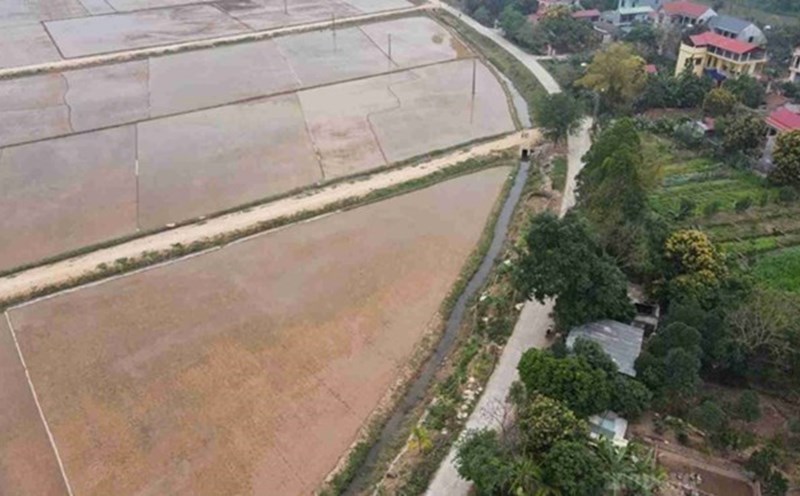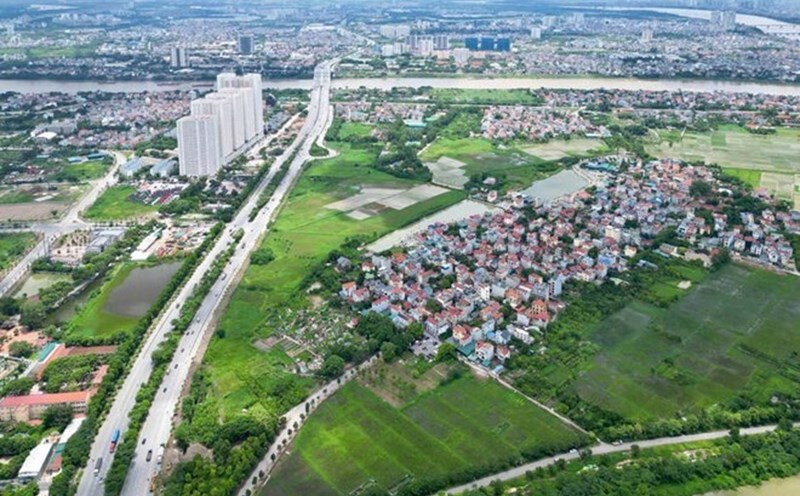Referring to this content, the Ministry of Agriculture and Environment said that Clause 4, Article 2 of the Law on Urban and Rural Planning stipulates that rural residential areas are concentrated residences of households linked together in production, living and other social activities within a certain area in rural areas, formed by natural conditions, socio-economic conditions, technical infrastructure conditions and other factors.
Clause 42, Article 3 of the 2024 Land Law states the concept that a land plot is a part of land area limited by the boundary described in the cadastral records or determined in the field.
Notably, Article 9 of the 2024 Land Law specifically classifies agricultural land. Based on the purpose of use, land is classified into agricultural land, non-agricultural land, and unused land.
The agricultural land group includes land types such as annual crop land, including rice land and land for other annual crops; perennial land;
Forestry land, including special -use forest land, protective forest land, production forest land; aquaculture land; concentrated breeding land; Salt and other agricultural soil.
Details of land types in the agricultural land group are specified in Article 4 of Decree No. 102/2024/ND-CP of the Government.
Also according to Clause 1, Article 121 of the 2024 Land Law, cases of land use purpose conversion must be permitted by a competent State agency. Including converting agricultural land to non-agricultural land.
In particular, land users must fulfill financial obligations according to regulations; land use regimes, rights and obligations of land users are applied according to land types after changing land use purposes.
Clause 1, Article 5 of the 2024 Land Law also clearly states the principle of land use must be for the right land use purpose.
Accordingly, people are not allowed to build houses on agricultural land located in residential areas if they have not converted the purpose of using agricultural land to non-agricultural land according to regulations.











